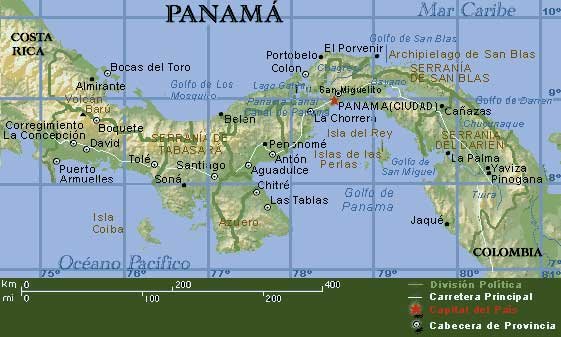After the rice is harvested, typically around August, it must dry. Once it is dried, it is shaken or beaten free from the stalk and dried some more. Then it is husked, for lack of a better work in English. In Spanish, they have a word: pilar. There are plants or factories, almost like a gristmill, for pilar-ing, but many folks do it on their own, in their yard, in small amounts. Here are our first and third host moms, neighbors, pilaring together.
The pilar (the wooden stand in which they are beating the rice) is made from a single tree trunk, carved out inside to hold rice. (The bottom half is the mirror image of the top.) The massive wooden Qtip like instruments they are using to beat the rice weigh probably 5 to 10 pounds each, and they strike in a rhythm, breaking the husks off the rice. It doesn't take too long to get the hang of it and not strike off-center, which sends rice flying out of the pilar to the happy chickens. But April and I certainly tired quicker than they did. After five minutes or so of pounding the rice, you filter it, blowing away the husks and leaving the rice.

This is repeated three or four times until all the rice has been de-husked and all the husks blown away. In this spot, there is a nice breeze coming off the water (out past April in the first picture). If there is no breeze, they put the rice in a large carved board and toss it in the air, catching the rice while the husks fall away, since they are lighter. Not a trick April or I would attempt with the evening's meal in the balance.
So what were the men doing while the women were pilaring (at least on this particular night)?

In the orange is our first host dad, and in the yellow is our third host dad, watching the women pilar.



















